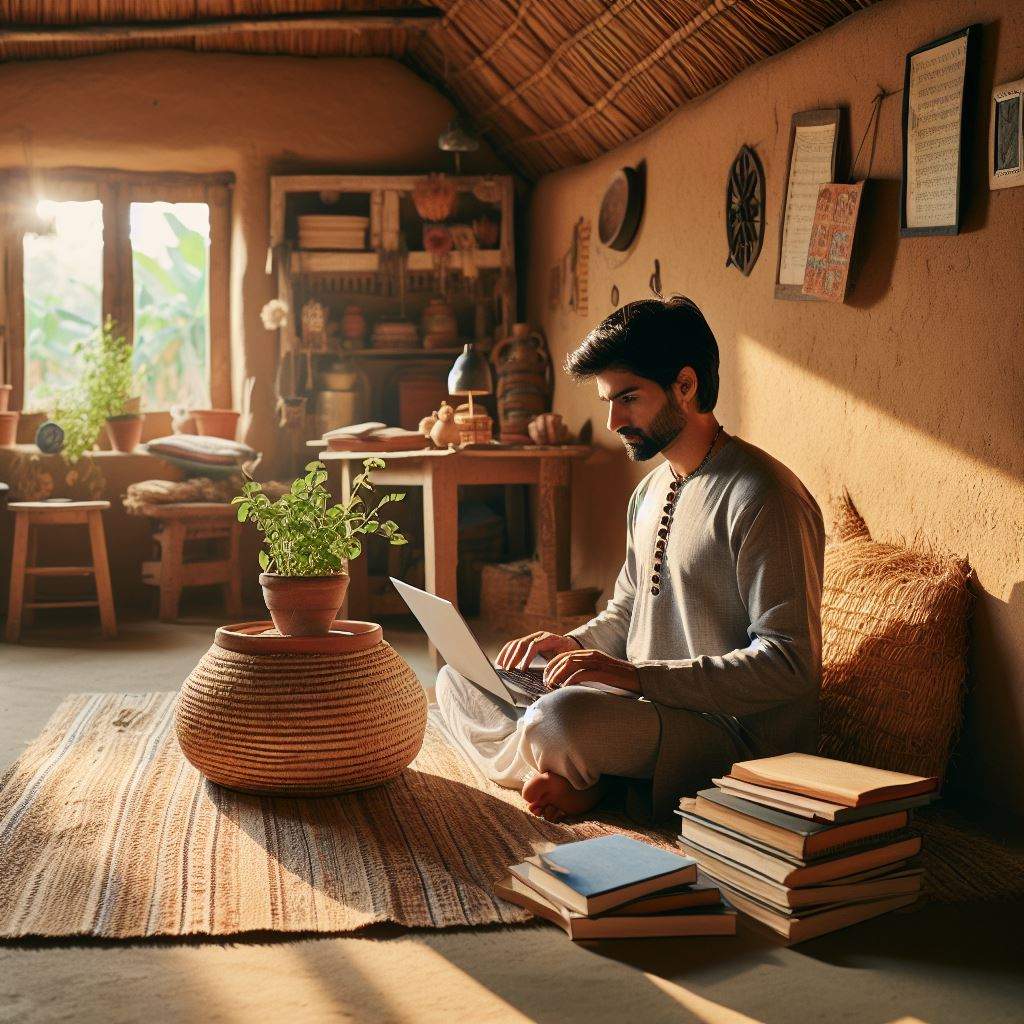Today, some 56% of the world’s population – roughly 4 out of 10 people – live in cities. But this percentage is projected to rise to nearly 70% by 2050.
That is, every 7 out of 10 inhabitants will be living in urban centres by then! This projection may come true – as cities act as magnets, attracting people with opportunities across all aspects of life. But my hope is that technology could prove to be a disruptor. Imagine what would happen if technology can deliver the jobs of the cities – and city education and modern healthcare, to people in small towns and villages! It can slow or stall or even reverse urbanisation. Lower levels of urbanisation are associated with reduced mobility – limited or no mobility is better than green mobility.
The last time when people seriously considered moving to villages and create a home office setup was during the pandemic. Not on account of any tech disruption, but for risk mitigation. Compared to the over-crowded cities, the sparsely populated rural areas provided a natural barrier for the infection to spread. But when I moved from Chennai to Rajapalayam, my hometown, about over 12 years before the pandemic, it was for a few idealistic reasons. One of them was to provide my children an experience of growing up in a small town, and develop a strong bonding with their native place. I was a journalist working for a national newspaper. Since the internet was already available and I can work and deliver content online, I could launch a career as a freelance writer.
Over 15 years have gone. Looking back, I don’t have big complaints. All my customers are in Chennai or other cities (one of them is A&T Video Networks). I am doing the job of cities from my hometown with home office setup. My tribe is growing, as some of my friends have come back to work-from-home for their IT companies after the pandemic. As the momentum of the Cloud gathers pace and the horizon of video collaboration technology expands, several other jobs could be executed from villages. I won’t be surprised if my brother, who is practising law in the High Court in Chennai, comes back to work from Rajapalayam in near future. With ecourts, it is technically possible.
When I moved from Chennai, people were concerned about my children’s education. But technology is creating a level playing ground in the field of learning as well. I vividly remember when Massachusetts Institute of Technology made a groundbreaking announcement that it was opening up its curriculum, learning materials, and even lectures of all streams for anybody to access from its website. This initiative – OpenCourseware, was launched in 2000. Years later, MOOCs portals like Coursera and edX came into existence. Today, education calls the Cloud its home. Our children are truly living in a learners paradise. I often tell my school-going kids, “Name any subject. There are only 25 people who know how to teach it really well. Unfortunately, none of them are in your school. They are on YouTube.” As top universities offer their courses online, there is no technical reason why someone from a small town cannot graduate in their favourite discipline without stepping out of their village. Again thanks to video conferencing and other emerging AR/VR technologies, there will be no subject that would not fit a virtual classroom – or at least a hybrid one.
In healthcare, telemedicine has started creating the initial ripples. Just the other day, using A&T’s Ikon video conferencing equipment, an affordable video soundbar (I got as a gift!), we could get one of our family members for video consultation with an ophthalmologist, who was sitting in a nearby city. Mounted on my monitor, the AI-enabled Ikon automatically tracked the patient’s face even as he moved back and forth. The video quality was so brilliant that the specialist had no challenge in effectively delivering his services. It is not just telemedicine. As the reach of e-commerce covers every PIN code (Zip code) there is, any healthcare product can be delivered at the door steps located even in the periphery.
With all these developments taking place at home office setup, I think I am justified to hold a contrarian view when it comes to the future of urbanisation. As I enjoy my evening walk in an idyllic environment, have fresh produce for my food, and flow with the slow-paced life in the small town, I wish that the world embraces the virtual way really fast, so that people can enjoy the best of both worlds – the jobs, education, and healthcare of the cities, while the clean environment and strong social connections of the villages.
The author of this blog is G. Sankaranarayanan, a freelancer who writes for A&T Networks. He works from his hometown, Rajapalayam. He can be reached at [email protected].



